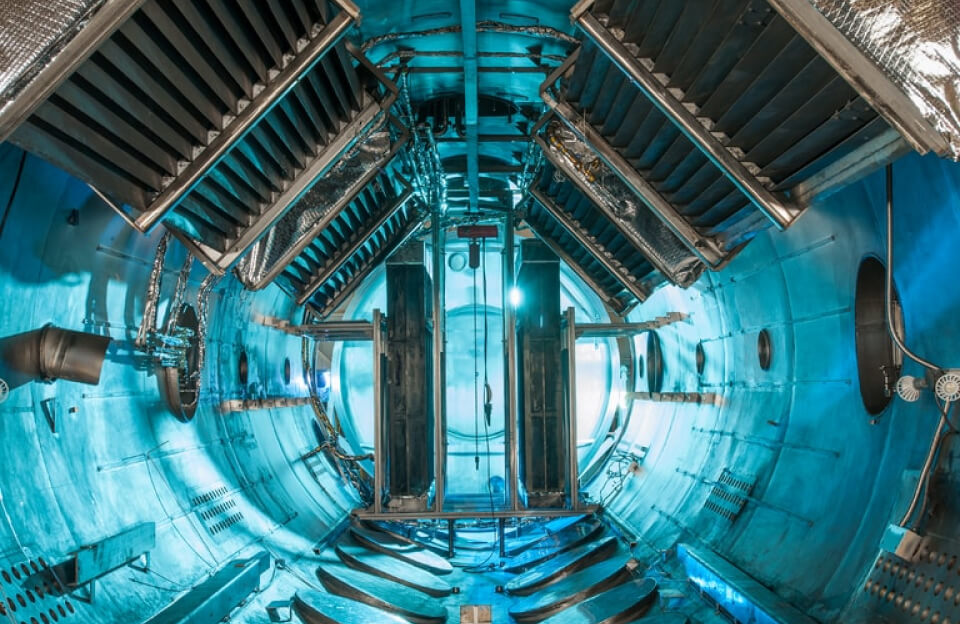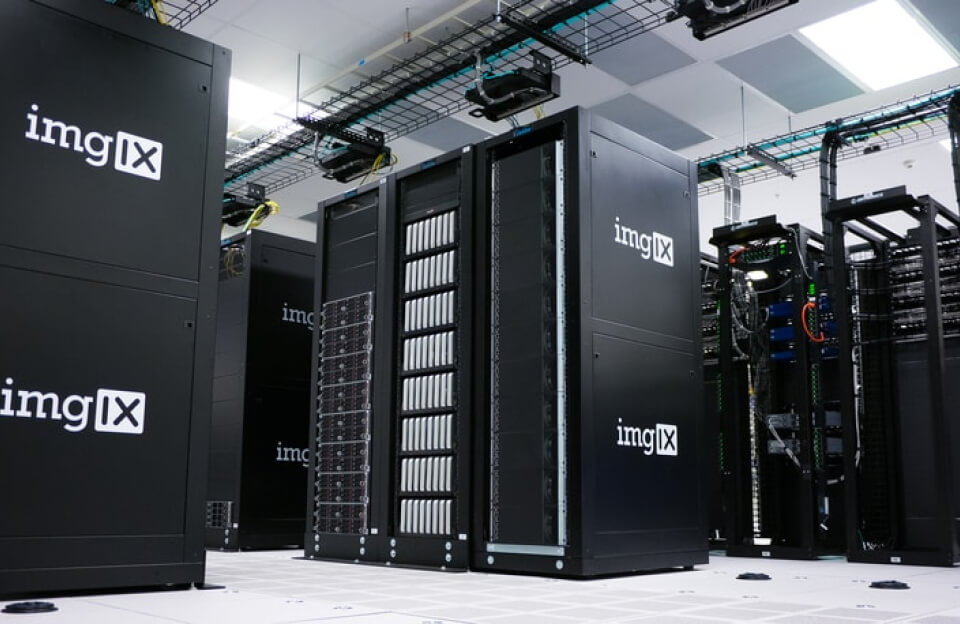In recent times, AI home robots have ceased to be futuristic programs and now belong to the league of practical systems that are part of modern homes. These smart agents combine the elements of AI, machine learning techniques, and advanced kinds of sensors to automate the many chores of various significant modern-day routines with also some social take-ups in daily living and sustaining infrastructure, like, for instance, gas distribution. The USA, with high levels of technology adoption and consumers looking for convenience in all kinds of areas, shall be the home to devious consumers to make AI home robots rise.
The 0 topics the article addresses are essentials where AI home robots change the landscape in homes, the benefits it brings, any challenges that live and die, and what else the future holds for American households.
What Exactly Are AI Home Robots?
Handsome is the possession of a device that could, in the most ideal applications, handle numerous household tasks independently by learning, adapting, interacting constructively, as per necessity in managing cleaning, monitoring, organizing, and sometimes even helping elders.
AI robots understand voice commands, recognize objects, detect patterns, and learn over time, becoming part of the U.S. smart home ecosystem to save families time and reduce stress.
Key Features of AI Home Robots
AI Home Robots are versatile and increasingly popular among homeowners. With an array of features that were not previously possible.
- Autonomous Cleaning
With AI, cleaning becomes fully autonomous: for example, robotic vacuums like iRobot Roomba or Roborock S7 not only map your home and avoid obstacles but also continuously optimize routines, ultimately saving time and energy.
- Personal Assistance
AI robots can act as virtual companions, following you around and reminding you. Additionally, we have the Amazon Astro and Samsung Ballie that follow users, maintain their schedules, answer questions, and monitor the safety of the home. Combining convenience with security, they help their users to achieve safety as they aspire for comfort.
- Health Monitoring
Many have sensors for tracking health metrics in humans or for monitoring the elderly. Once the devices register any issues, the robot can send an alert to caregivers, finally providing peace of mind and safety. The likelihood of falling or other accidents is decreased when steps are taken early.
- Smart Home Integration
Artificial intelligence-driven home robots also incorporate functional integration with lights, temperature regulatory systems, and security devices, therefore ensuring the establishment of a truly interconnected environment for homes.

Benefits of AI Home Robots in American Homes
- Time-saving Convenience
The main benefit of AI home robots is saving time, letting users focus on work, hobbies, and family, while handling chores like vacuuming or managing schedules.
- Enhanced Security
AI home robots, equipped with cameras and sensors, actively monitor homes for intruders, fires, or gas leaks, while simultaneously providing crucial security and, consequently, peace of mind in today’s environment.
3. Care for Elderly and Disabled Individuals
AI home robots truly stand for support for elderly or disabled persons. Such robots also give assistance in reminding the precise hour of medication intake, detecting when someone falls, and increasing mobility. In this way, aged people can live independently while also always maintaining their safety in homes.
- Efficient Resource Management
AI-powered robots can also master the art of efficiently conserving household resources. For example, a robot powered by AI can monitor energy usage, set the optimal heating and AC settings, and suggest ways to reduce electricity use. This results in cost-saving and sustainable energy principles.
Popular AI Home Robots in the US
There have been some popular AI home robots in America already:
- Amazon Astro is a mobile home robot that follows users, monitors the house, and acts as Alexa’s assistant.
- Samsung Ballie small wheel-structured house manager offering personal assistance and smart-home accessibility for other devices.
- iRobot Roomba i7—a robot vacuum with a feature that provides home mapping to ensure efficient cleaning. Its dustbin empties itself.
- Figure 03 by Figure AI-A homely robot inspired by humanoid appearance, meant for day-to-day household chores and companionship.
Each robot, therefore, highlights AI’s diverse functions, demonstrating how it not only makes tasks easier and safer but also ultimately enhances daily life.
Challenges Facing Home AI Robots
AI-driven home robots look very promising; however, considering a range of concerns, it is important to note the following:
- Privacy
The privacy watchdogs are going to be suspicious about storing a lot of data, significant issues consumers would face while placing a lot of trust in AI robots to comprehend that storing and using their data ethically is a must.
- High Cost
Very expensive. Advanced AI home robots will cost normal households a small arm and a leg, but with scale and fine-tuning technology, the prices should have dropped.
- Technical Problems
Mobility has had significant advances in the field, but very few industries have kept up with complex decision-making, environmental concerns, and interactions with children and pets.
- Legal issues
Future considerations on regulations may include issues of autonomy, protecting against possible dangers, limitation of liability, and ethical use in-home environments for AI robots.
Future Prospects: AI Home Robots in the US.
Here in the U. S. the future of AI home robots will give different trends that will lead to future devices:
- Personalized AI experiences: The future robots will develop and learn from their users to offer highly individualized support. They will even assume tasks, inclinations, and ways of communication in cooperation with the household.
- IoT Integration: AI robots will become central to smart homes, managing devices and enabling seamless communication.
- Affordable Robot-as-a-Service (RaaS): AI home robots will become more common, offering easier monthly payments instead of large upfront costs.
- Collaboration among Robots: Multiple AI robots can coordinate in a home to complete tasks more efficiently and thoroughly.
American households can avail these smart, safe, and efficient living conditions by incorporating these features.
How to Select an AI Home Robot
When choosing an AI home robot, consider the following:
- Application: Decide what major features apply — Cleaning, Security, Companionship, or for Use.
- Compatibility: See that it matches up with your smart home devices.
- Budget: between upfront cost and subscription options, focus on savings va subs.
- Privacy: Verify how data is kept and stored, and see where you will sit concerning privacy.
- Ease of Use: Always check for robots with simplified controls so that they can operate with less maintenance.
In conclusion, AI home robots are entering American households, automating chores, enhancing security, supporting wellness, and seamlessly integrating with smart home systems.
Several AI house robots, e.g., a vacuum cleaner, Amazon Astro helper, and humanoid assistant Figure 03, will give their best to enter our ho0uses. Technology steps ahead, promising better convenience, security, and companionship. So, these devices will further ease life and make life more enjoyable with a human repository.
Americans are trying to welcome the future with homes controlled by AI robots; it makes no sense for them to regard this as a luxury; they have to respond to what would be the ideal home in terms of efficiency, integration, and intelligence.



